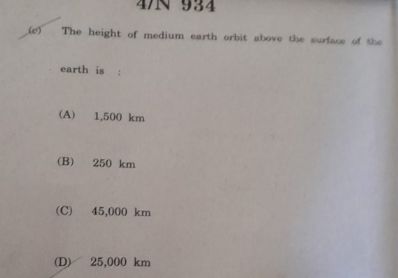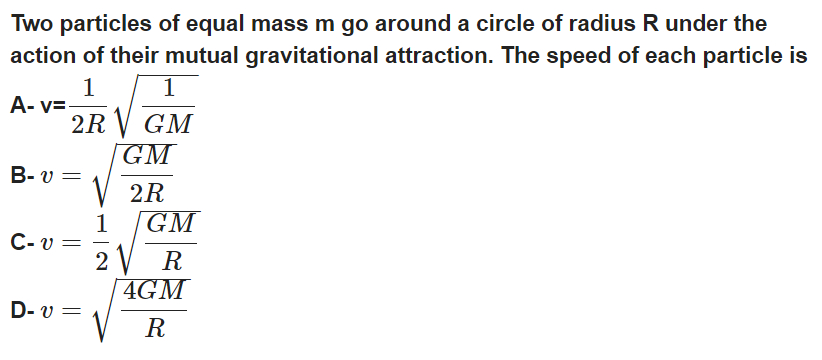CBSE Class 11-science Answered
mass remaining constant does gravity increases,if not how does a star turns into a black hole with immense gravity though the mass is same.
Asked by arnab dutta | 23 Feb, 2011, 07:18: PM
Dear student,
Stars are sustained by the nuclear fusion reactions taking place in their cores. For stars on the main sequence, such as our own Sun, this mostly involves combing hydrogen to form helium. The energy that these reactions produce is enough to support their mass against its own gravity.
As a star runs out of fuel it can expand and will begin to form heavier elements such as carbon and iron. Once it finally exhausts all of its fuel it will begin to collapse. It is here that the stars begin to undergo different fates. Stars greater than 1.4 times the mass of the Sun will tend to explode in a supernova casting off much of their mass. A small central core will remain and like smaller stars this will collapse only this time electron degeneracy will not be enough to support the star's mass against its gravitational collapse and it will continue to shrink until it becomes a tiny, but hugely massive, neutron star held together by neutron degeneracy.
If neutron degeneracy is not enough to resist the star's collapse it will continue to shrink until the matter is all compressed into an infinitely small, infinitely dense point called a singularity. This is the centre of a black hole.
As a star runs out of fuel it can expand and will begin to form heavier elements such as carbon and iron. Once it finally exhausts all of its fuel it will begin to collapse. It is here that the stars begin to undergo different fates. Stars greater than 1.4 times the mass of the Sun will tend to explode in a supernova casting off much of their mass. A small central core will remain and like smaller stars this will collapse only this time electron degeneracy will not be enough to support the star's mass against its gravitational collapse and it will continue to shrink until it becomes a tiny, but hugely massive, neutron star held together by neutron degeneracy.
If neutron degeneracy is not enough to resist the star's collapse it will continue to shrink until the matter is all compressed into an infinitely small, infinitely dense point called a singularity. This is the centre of a black hole.
((PLease note: Pauli exclusion principle states that the electrons in the star are far enough apart to resist further collapse - this energy is called 'electron degeneracy'. ))
Hope this helps.
Team
Topperlearning.com
Answered by | 28 Feb, 2011, 12:03: PM
Concept Videos
CBSE 11-science - Physics
Asked by corggn16 | 11 Feb, 2024, 01:22: PM
CBSE 11-science - Physics
Asked by varma.renu9481 | 17 Mar, 2023, 06:26: PM
CBSE 11-science - Physics
Asked by rajkumaeghogre975 | 10 Jan, 2023, 07:36: PM
CBSE 11-science - Physics
Asked by shivanipanchal6883 | 05 Jan, 2023, 02:44: PM
CBSE 11-science - Physics
Asked by ubarhandepramod | 21 Nov, 2022, 03:49: PM
CBSE 11-science - Physics
Asked by ankurgoyal616 | 27 Sep, 2022, 03:07: PM
CBSE 11-science - Physics
Asked by halderishan008 | 30 Jul, 2022, 07:28: PM
CBSE 11-science - Physics
Asked by dibjotsingh770 | 04 Jul, 2022, 10:40: PM
CBSE 11-science - Physics
Asked by shmaahtabrez18 | 02 Sep, 2021, 12:23: PM
CBSE 11-science - Physics
Asked by Mp881337 | 06 Aug, 2021, 04:41: PM








